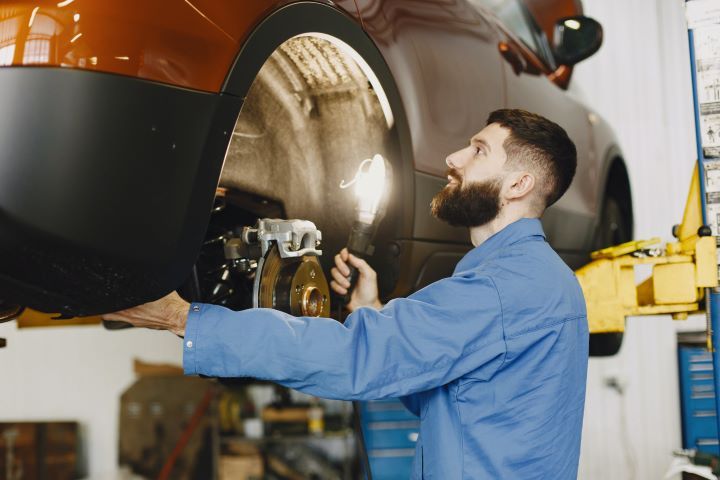
IIHS says front crash-prevention systems aren’t as effective in collisions with motorcycles and large trucks as with cars.
IMAGE: Pexels/Gustavo Fring
Nearly two dozen automakers have started to include automatic emergency braking in most light vehicles they make for U.S. consumers, though a safety group that helped forge the agreement says front crash-prevention systems could be improved.
The nonprofit Insurance Institute for Highway Safety said 20 vehicle producers met a voluntary commitment to equip new vehicles with the technology, installing it in 95% of the light vehicles they made by the year ended Aug. 31.
The fulfillment met the deadline of an agreement made in 2016 by the automakers that was brokered by the institute and federal safety regulator the National Highway Traffic Safety Administration. Consumer Reports monitored progress.
“Car buyers today will find that almost any new vehicle they buy comes standard with a city-speed AEB system, typically with pedestrian detection. This is significant progress, and it sets the stage for the strong federal safety standards that have been proposed,” said Consumer Reports Associate Director of Safety Policy William Wallace in a statement.
The pledge required automakers to install AEB on 95% of their light vehicles up to 8,500 pounds that slows the vehicle in low-speed tests that determine whether a model meets the institute’s advanced rating in a front crash-prevention evaluation.
This year, the NHTSA proposed that all new passenger vehicles with gross weight of 10,000 pounds or less have AEB that can avoid crashes at up to 50 mph.
The institute, meanwhile, says front crash-prevention systems aren’t as effective in collisions with motorcycles and large trucks as with cars. It says they cut rear-end crashes with the former vehicle types by 41% and 38%, respectively, but by 53% with cars.
“These reductions are impressive for all vehicle types, but the safety benefits could be even larger if front crash prevention systems were as good at mitigating and preventing crashes with big trucks and motorcycles as they are with cars,” said institute Vice President of Research Jessica Cicchino.














